Up Next

The Portuguese Grand Prix returns to Formula 1 after an absence of almost a quarter of a century this weekend.
While it has only staged world championship races 16 times, three from 1958-1960 (at Boavista and Monsanto Park) then again at Estoril from 1984-1996, it has produced many memorable moments over the years – some celebrated, some forgotten.
In anticipation of F1’s first visit to the Algarve International Circuit, which will become the fourth venue to host a points-paying Portuguese GP, we’ve picked out some legendary moments from the race over the years.
1994: Hill’s practice flip
Damon Hill was determined to have a clean run to victory in the absence of banned title rival Michael Schumacher at Estoril, but an altercation with Eddie Irvine in Friday practice left him upside-down in the gravel trap.
Hill was hit by Irvine’s spinning Jordan heading into the hairpin, which pitched his Williams onto its right wheels and over onto its rollhoop in the gravel. Fortunately, it was a low-speed accident but it created the memorable image of Hill’s largely-undamaged Williams upside-down.
Hill went on to win the race and closed to within just one point of Schumacher.
1989, 1991: Mansell’s pitstop disasters
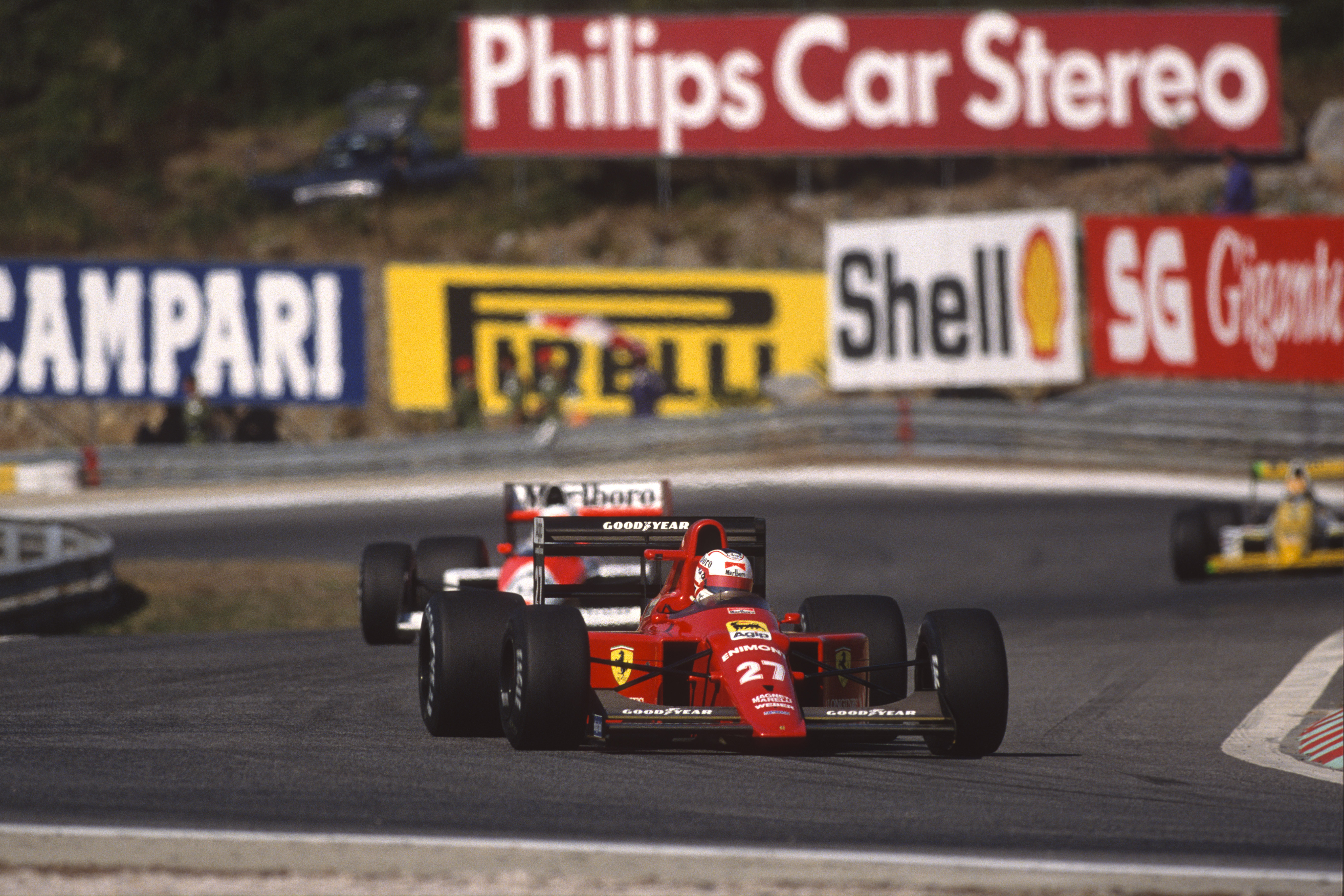
The combination of Nigel Mansell and pitstops was not a lucky one at Estoril, with incidents in two races.
Mansell led the first part of the 1989 race for Ferrari (above) but overshot his pitbox when he came in for tyres. He engaged reverse gear, which is illegal in the pits, rather than waiting for the Ferrari crew to pull the car back into the box, so was black-flagged. But having been shown the black flag, he attempted to overtake Ayrton Senna into the first corner, colliding with the McLaren and putting both drivers out of the race. This resulted in a ban for the next grand prix in Spain.
Two years later, history repeated itself. Mansell was on course for victory when he made a pitstop but was released with the right-rear wheel not attached. The Williams team fitted a new wheel but this was done in the pitlane itself rather than the team’s box, meaning he was eventually black-flagged.
Estoril 1992: Patrese’s airborne crash
The Williams-Renault FW14B always flew during the 1992 season, but Riccardo Patrese took this literally at Estoril when he suffered one of the most spectacular crashes at the circuit.
The Italian was chasing McLaren’s Gerhard Berger when Patrese attempted to pass him out of the last corner. He moved to the right as Berger did, but didn’t realise Berger was coming into the pits, the entry for which was on the main straight. Patrese realised too late as he jinked left when Berger slowed but he was launched off the left-rear wheel of the McLaren.
Patrese didn’t quite flip but he did achieve impressive altitude and gave the world a clear view of the underside of the Williams before coming to rest the right way up and against the pitwall, while Berger went on to finish second.
1996: Villeneuve’s legendary pass
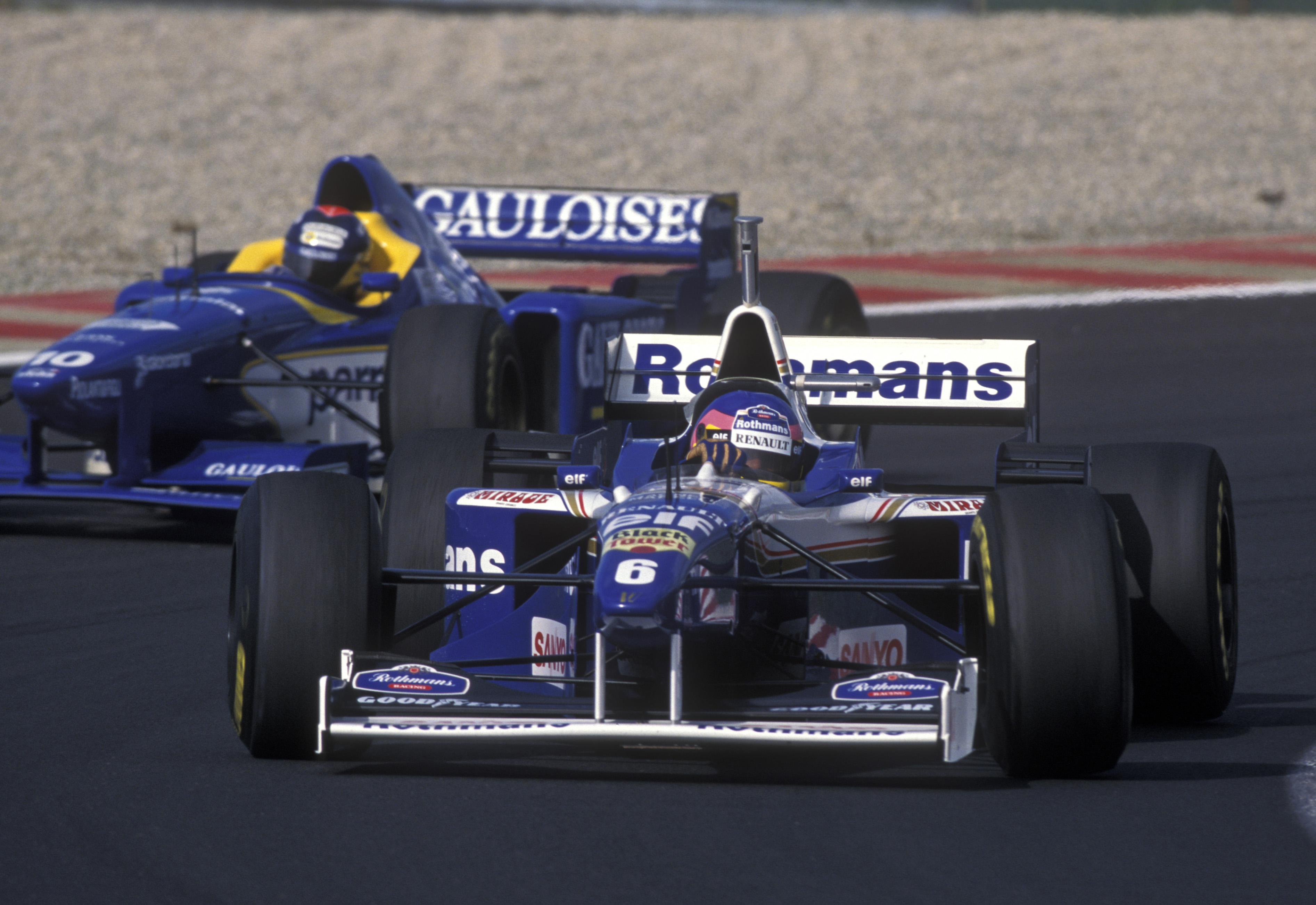
Jacques Villeneuve had talked about the idea of passing someone on the outside of Estoril’s fast final corner – the Parabolica – earlier in the year but nobody thought he’d attempt it. But during the 1996 race, he not only attempted it but pulled off the pass on none other than Michael Schumacher while on his way to victory.
Aided by Giovanni Lavaggi’s backmarker Minardi, Villeneuve went to the outside of Schumacher and they ran side by side through the corner. Williams driver Villeneuve was just ahead at the exit and completed the move in the early part of the straight.
It was one of the most memorable passes of the 1990s, and released Villeneuve to chase down race-leading team-mate and title rival Hill and beat him to a win that kept the championship battle alive to the finale.
1984: F1’s closest title win
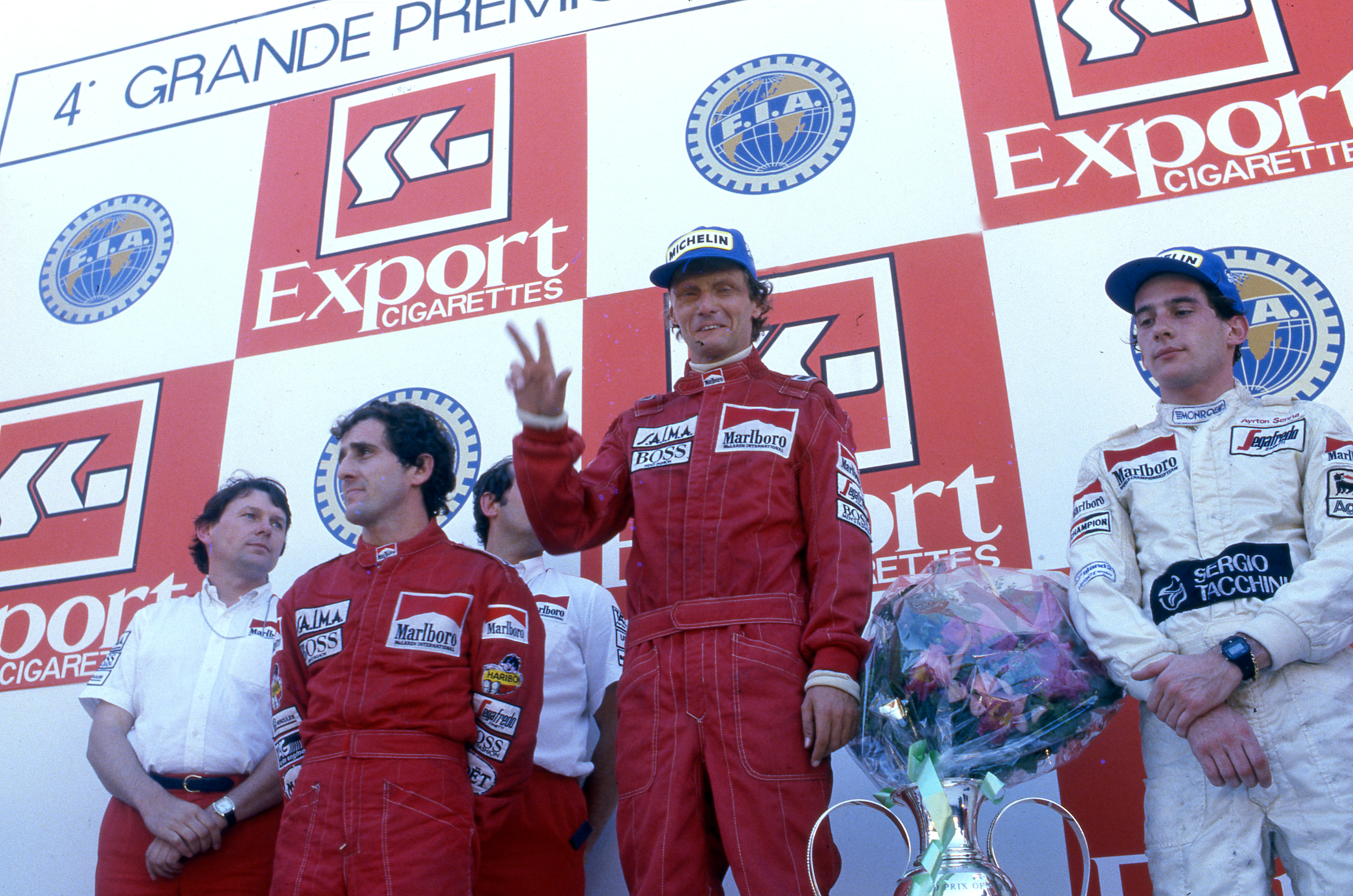
The closest world championship battle ever was decided in the 1984 season final at Estoril, with Niki Lauda pipping McLaren team-mate Alain Prost to the title by just half-a-point.
It was a brilliantly-measured drive from Lauda, who was on the back foot thanks to starting down in 11th after what he described as an “awful” qualifying session. This was made worse by turbo problems, but despite that he was able to make good progress up the order.
With Prost leading, Lauda needed to be second to take the title and he claimed the position when Nigel Mansell’s Lotus dropped out with brake problems. It was a brilliant drive, one worthy of a third world championship.
1988: Senna v Prost part 1
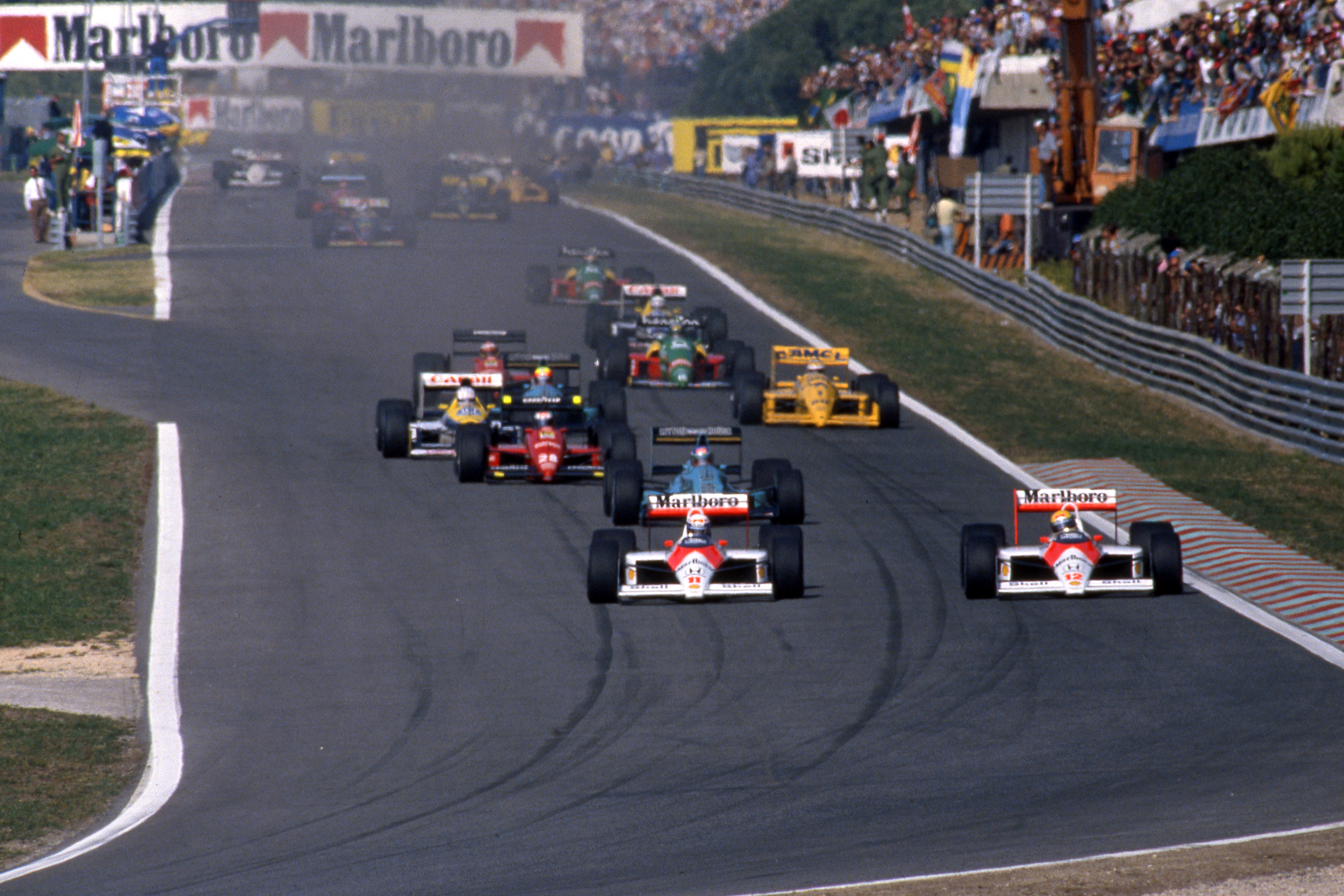
The legendary rivalry between McLaren team-mates Alain Prost and Ayrton Senna really started on the second lap of the 1988 race at Estoril.
Senna led the first lap, but Prost had a good exit from the final corner and pulled to the right to pass Senna as they crossed the line. Senna moved to his right and squeezed Prost towards the pitwall. Prost made the pass and went on to win the race but he wasn’t happy.
“It was very dangerous,” said Prost afterwards. “I could do nothing. If I’d backed off, I might have hit his rear wheel. If we have to take risks like that to settle the world championship, well I don’t care about it. If he wants the championship that badly, he can have it.”
From that moment on, the relationship between the two was never the same.
1993: Hakkinen’s McLaren debut
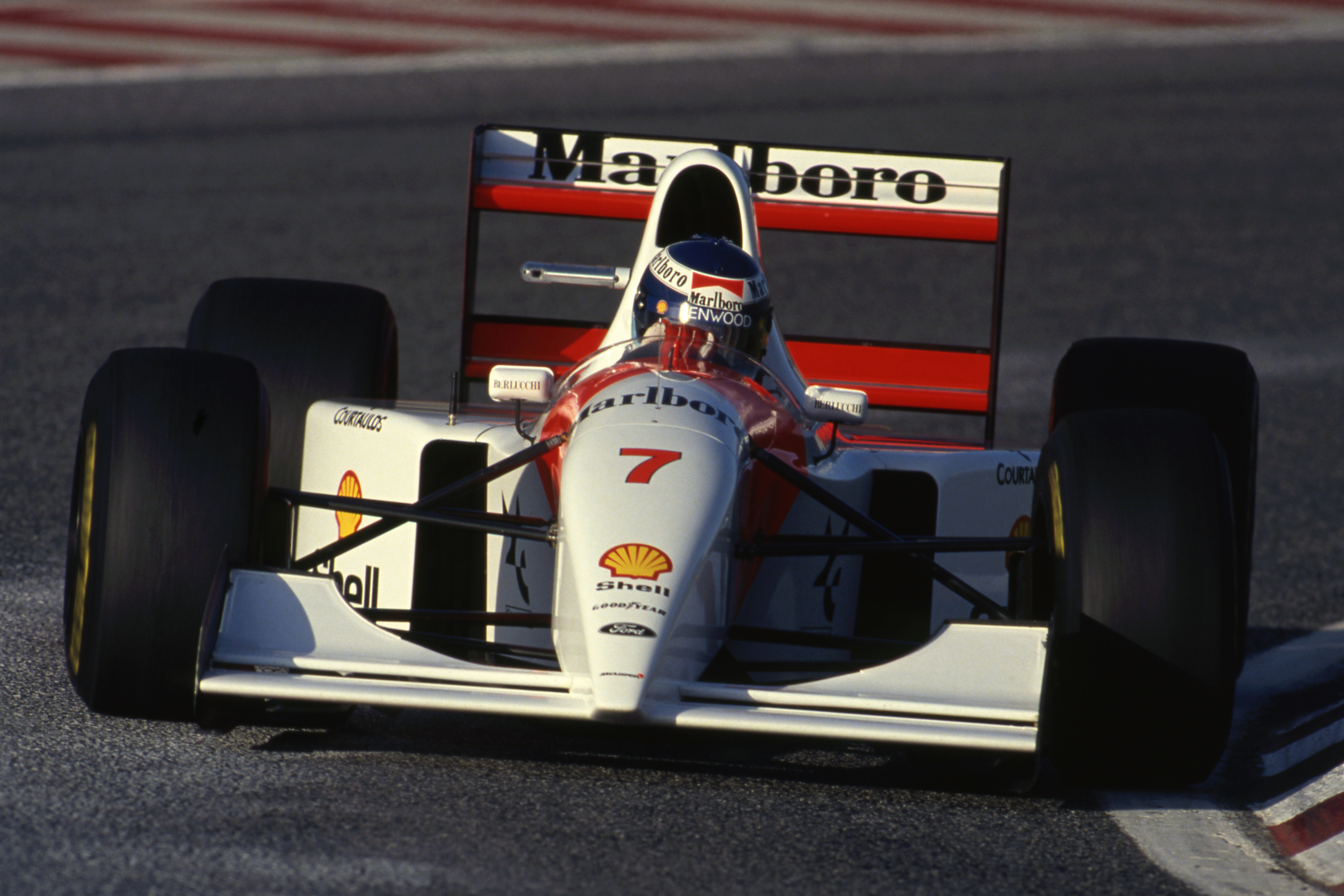
With Michael Andretti and McLaren parting ways after the American finished third at Monza, Mika Hakkinen made his long-awaited McLaren debut at Estoril in 1993. Remarkably, he outqualified legendary team-mate Senna by 0.068s.
From third on the grid, aided by pole position man Hill starting at the back after stalling on the dummy grid, Hakkinen looked set to take the lead as he charged to the first corner but he was so focused on squeezing Prost’s Williams that Jean Alesi’s Ferrari swooped around the outside into Turn 1.
Senna then passed Hakkinen on the opening lap, but the Finn was still on course for a strong finish when he ran wide exiting the last corner at the end of the 32nd lap while chasing Alesi, with the front end of his car briefly being launched as he speared across the track and into the pitwall. But he’d made his point on a raceday when the headlines were grabbed by Michael Schumacher’s second F1 win and Alain Prost clinching his fourth world championship.
For more on an amazingly storied event, listen to our Bring Back V10s episode based on the 1993 Portuguese Grand Prix weekend.
1958: Moss exonerates Hawthorn
In probably the most legendary example of sporting conduct in F1 history, Stirling Moss famously helped prevent title rival Mike Hawthorn’s exclusion from second place in the 1958 race on the Boavista circuit around the streets of Porto.
Hawthorn spun on his last lap and was at risk of disqualification for briefly running backwards in restarting his car. During the lengthy post-race debates during which exclusion looked likely, race-winner Moss’s testimony confirmed Hawthorn’s Ferrari had been on the pavement and therefore not actually on the track when he did this.
The way the remaining two races panned out, Moss doing the right thing actually cost him the world championship, which he would have won had the eventual victor Hawthorn been disqualified at Porto.
1995: Katayama’s shunt and Coulthard’s breakthrough

Ukyo Katayama suffered one of F1’s most memorable startline shunts in the 1995 races when his Tyrrell was launched into the fence on the outside of the track seconds after the start after contact with Luca Badoer’s Minardi.
Inevitably, the race was red flagged but Katayama escaped from the massive accident without serious injuries, although he was forced to sit out the following race at the Nurburgring where Gabriele Tarquini took his place.
David Coulthard had yet to win coming into Estoril despite showing a good turn of pace in his first 20 F1 outings for Williams. But having taken his third career pole, he controlled the restart race throughout to win ahead of Michael Schumacher.
1985: Senna’s breakthrough victory
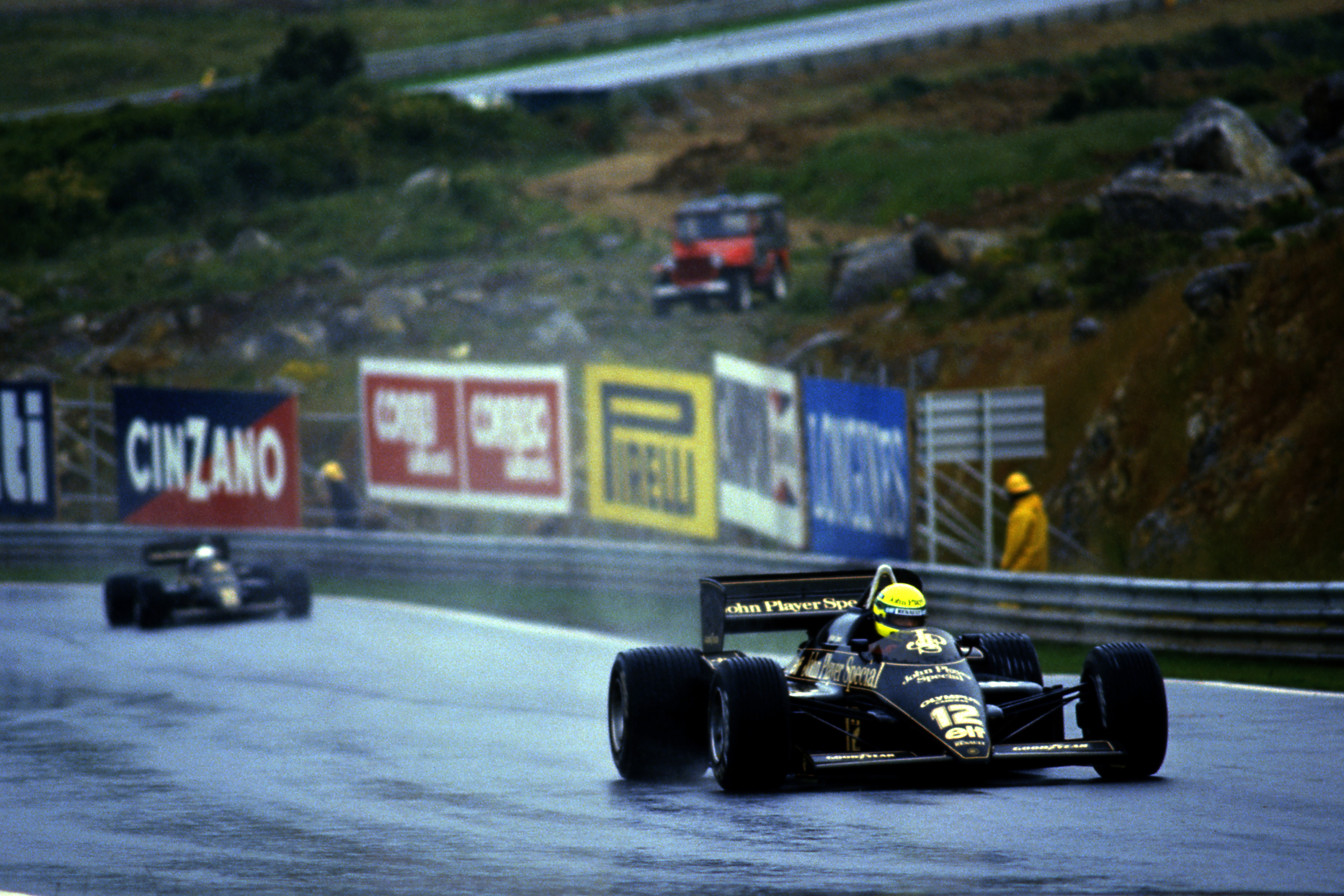
One of the great wet weather victories, Senna claimed his first win in sodden conditions at Estoril on only his second start for Lotus after moving from Toleman for the 1985 season.
Senna himself reckoned this win eclipsed even his famous wet victory at Donington Park in 1993.
He took the lead from pole position and despite expressing his concern that the conditions were too bad mid-race, he won by over a minute from Ferrari’s Michele Alboreto.
In doing so, he mastered varying conditions – always wet but rarely consistent – to show his mastery in judging grip levels.
1989: Minardi leads on day for minnows
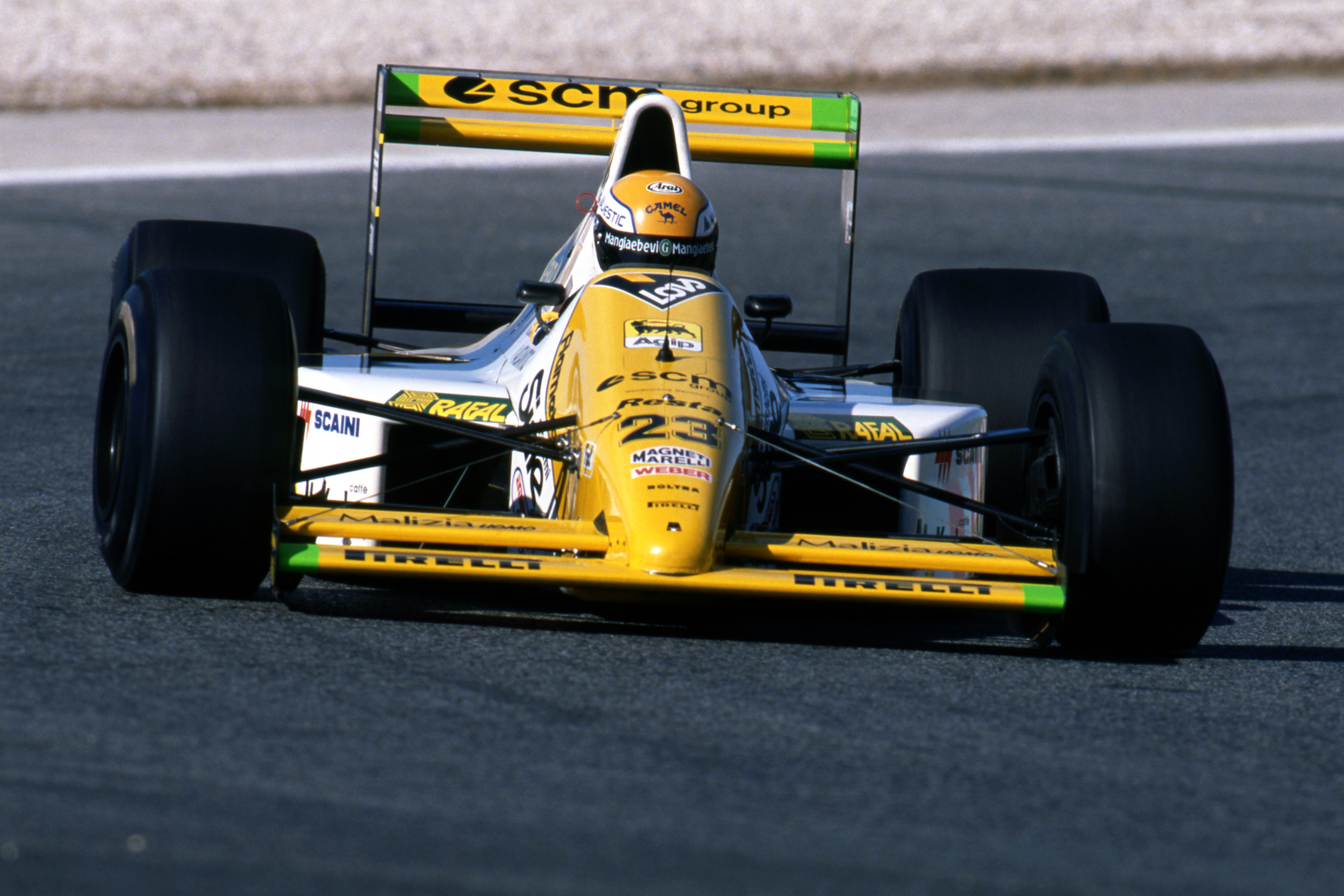
At the end of the 40th lap at Estoril in 1989, something unique happened – a Minardi crossed the line to register the team’s sole lap led in F1 history.
So what if Gerhard Berger’s Ferrari was just 0.032s behind and in the process of passing Pierluigi Martini, who assumed his shortlived leadership thanks to frontrunners pitting, it was a legendary moment for F1’s most enduring minnow.
This 1989 race was a great day for outsiders overall as Onyx driver Stefan Johansson took a shock third place having failed even to pre-qualify for the previous race at Monza.
This was thanks to qualifying 12th, climbing to eighth in the early laps and executing a non-stop race on the same set of Goodyears.
A remarkable drive combined with retirements, culminating in Riccardo Patrese’s Williams retiring with after overheating, earned him his final F1 podium.
1959: Brabham’s lucky escape
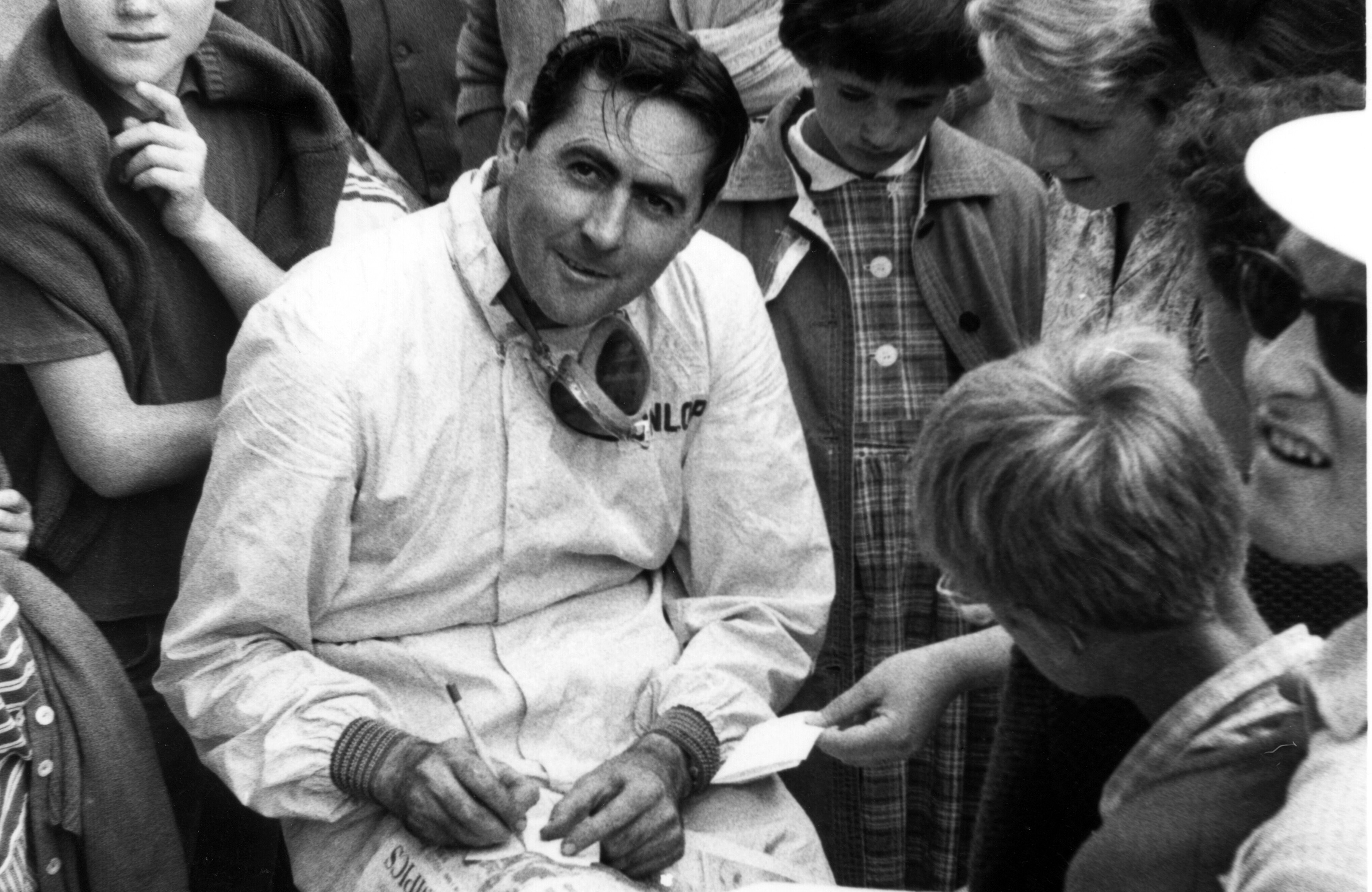
The Portuguese Grand Prix only counted the Monsanto Park circuit just outside Lisbon as an F1 event once, and it was the scene of one of the biggest accidents of Jack Brabham’s career.
As he explained in an interview in 2009, Cooper works driver Brabham was tailing leader Stirling Moss’s similar car when they came up to lap Nicha Cabral.
Cabral let Moss go but didn’t realise Brabham was on his tail and pulled in behind him, clashing with Brabham.
“It chucked me straight off the track. I went over the straw bales and up through the air,” said Brabham. “I could see that there was a big drop with trees at the bottom and that’s where I thought I was going. But two things saved me.
“One, I hit a telegraph post that stopped me going into the ravine and the other was that I didn’t have a seat belt. So I bounced off the telegraph post and dropped down on to the road while my car landed upside down, carrying on down the road and destroying itself.”
It was a fortune escape for Brabham, especially as Masten Gregory had to avoid him after he fell back onto the circuit.



